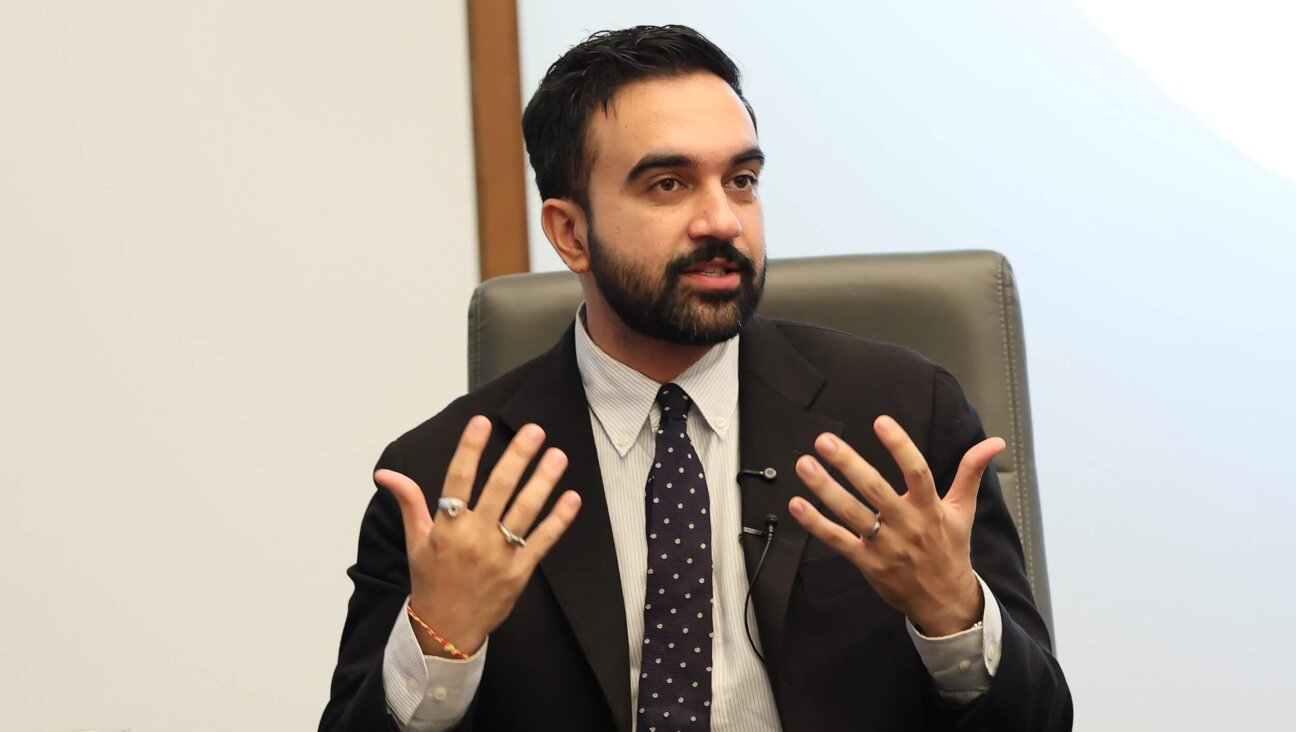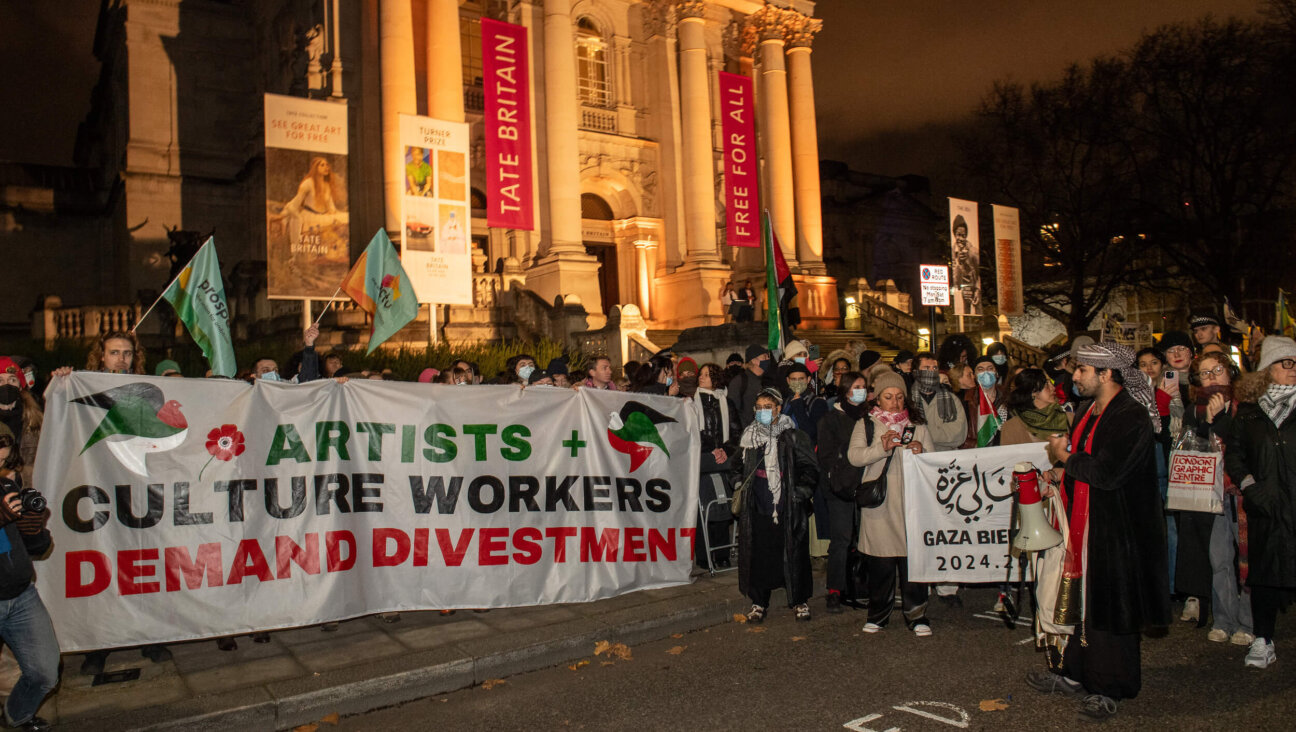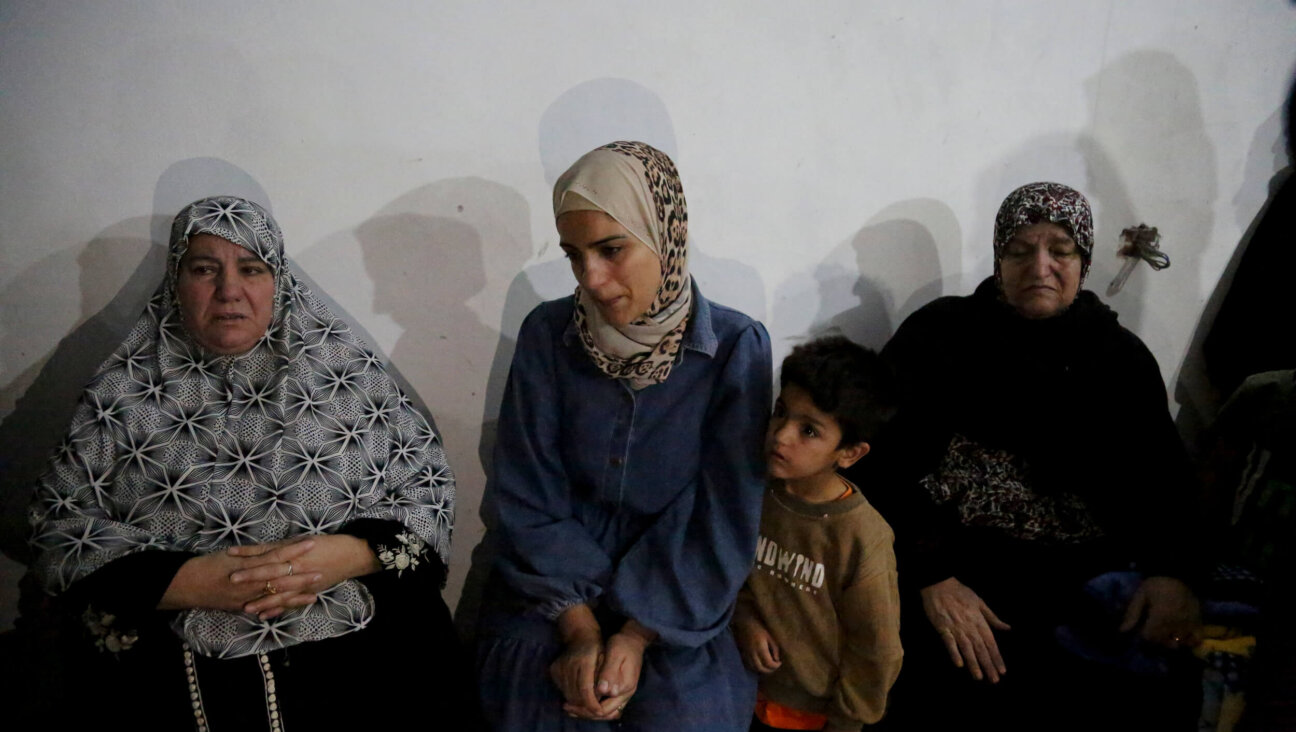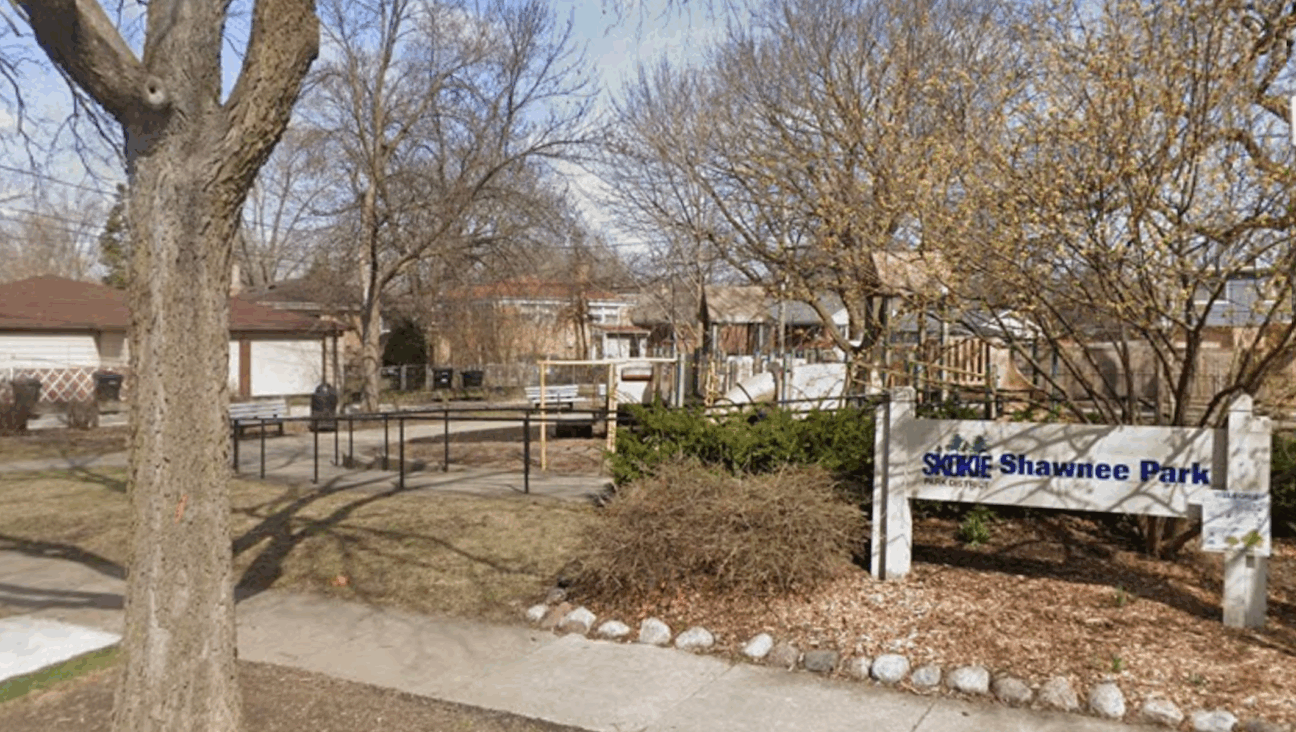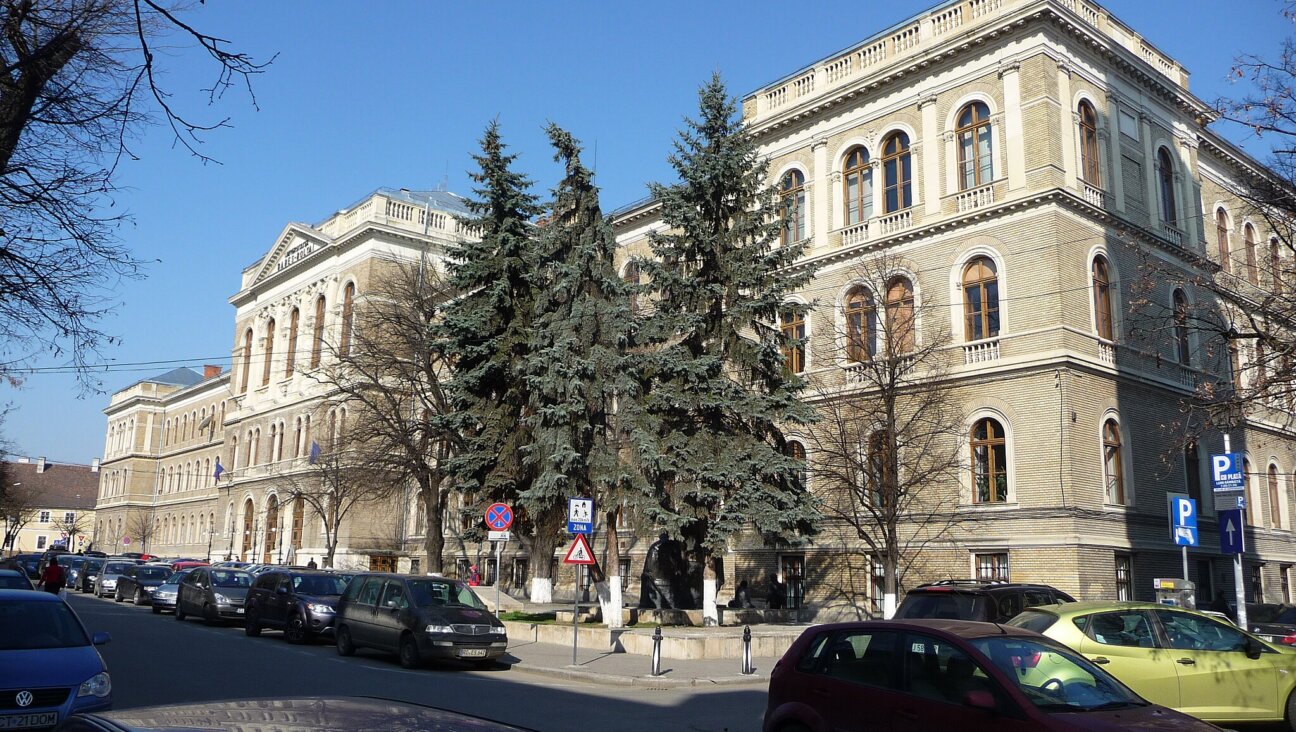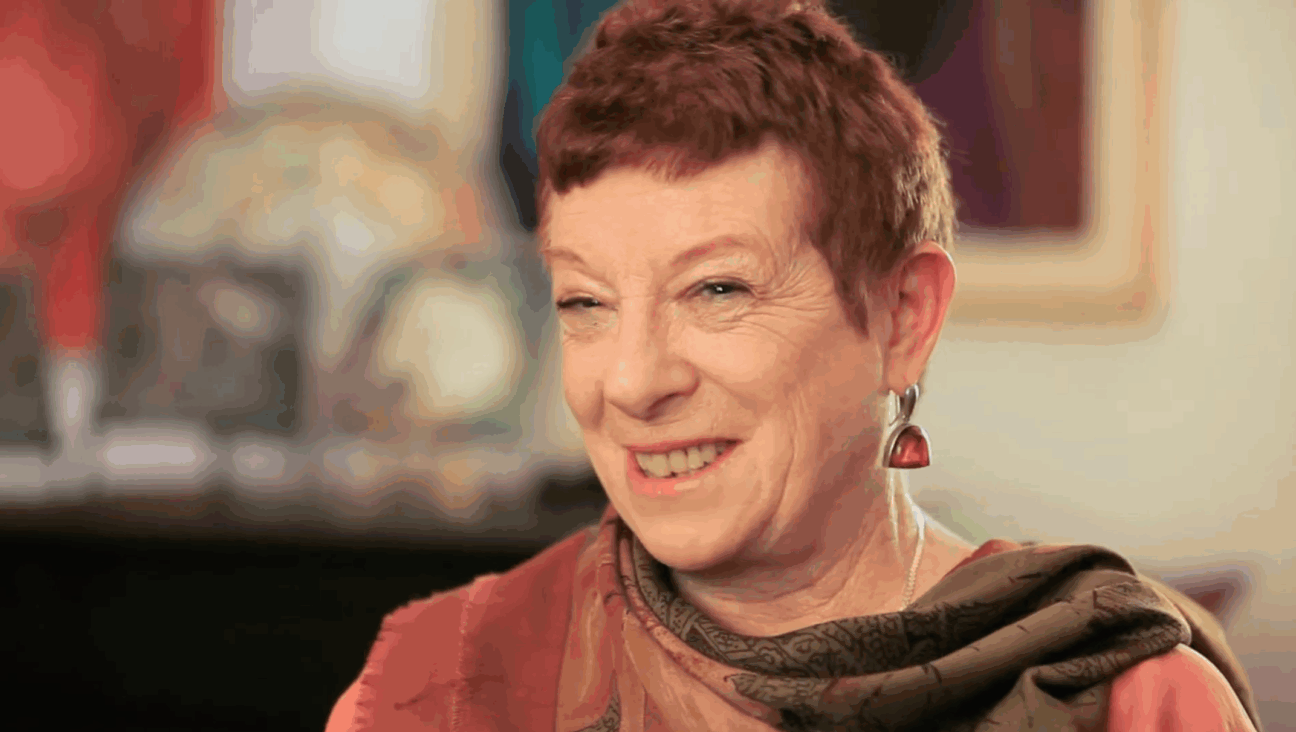U.S. Jewish Population Pegged at 6 Million
Two new independent studies have found that there are between 6.4 million and 6.6 million Jews living in the United States today, representing about 1.8% of the population. Though the studies used drastically different methodologies, they appear to point to a growing consensus on the number of Jews in America, a figure that has been elusive in recent decades.
“It seems we have different methods that are pointing to somewhat over 6 million Jews,” said Steven M. Cohen, a sociologist of American Jewry at the Berman Jewish Policy Archive at New York University’s Wagner School. “You consider the reliability of each study, and it seems that many are pointing in the same direction.”
The most recent figure of between 6.4 million and 6.6 million is about 20 percent higher than the previous estimate of 5.2 million proposed by the 2000 National Jewish Population Survey, which was sponsored by the Jewish Federations of North America. That study has since been widely criticized as flawed, an assessment now accepted by the survey’s sponsor.
The first new study places the golden number at 6,588,000. Ira Sheskin, a human geographer at the University of Miami, and Arnold Dashefsky, a sociologist at the University of Connecticut, reported that figure on December 18 in their annual survey of the Jews in America for the North American Jewish Data Bank at the University of Connecticut.
Leonard Saxe, a Brandeis University sociologist, put the number of U.S. Jews at 6.4 million in the final version of his study, released on December 23. Saxe first publicized his results in an interim report in December 2010, at which point he said the American Jewish population was 6.5 million. The final study is “a slightly more conservative adjustment,” he said.
The two studies were conducted in lieu of a National Jewish Population Survey, the once-a-decade report usually commissioned by the JFNA. After the 2000–2001 study was shown to have significantly undercounted the number of Jewish children, among other problems, the JFNA announced last year that it could not afford to fund another study. Researchers at various universities took the helm, finding creative ways to answer the question of just how many Jews live in the U.S.
To come up with their most recent population estimates for 900 Jewish communities in America, Sheskin and Dashefsky relied on four sources of information: federation reports, obscure U.S. Census figures and local and Internet informants. Their reporting paints a detailed picture not only of Jewish communities in major cities like Chicago and Detroit but also such far-flung places as Colorado Springs, Colo.
Many federations around the country commission scientific studies to better understand their local Jewish populations. These reports typically rely on random digit dialing, in which researchers come up with a percentage of Jews in the community based on the results of telephone surveys. In other instances, researchers will estimate the number of Jews based on the number of people with Jewish last names.
These reports provided the backbone for Sheskin and Dashefsky’s own annual estimate. But since not every federation studies its own population, the two conducted original research in some localities. In this, they were often aided by knowledgeable community members or by local estimates they found online. Lastly, they used data collected by the U.S. Census of three solidly Hasidic Jewish towns in New York state: Kiryas Joel, Kaser Village and New Square. (Aside from these exceptions, the U.S. Census does not count Jews.)
Adding these figures together, Sheskin and Dashefsky came up with a national estimate — albeit a patchwork one — that far exceeded previous figures. And in some ways exceeded their own expectations. Their national total of 6,588,000 is an overestimate, they contend, because some Jews — such as college students who live in one place and go to school elsewhere, or retirees who live part-time in one city and part-time in another — were likely counted twice.
“Our purpose in doing this and the strength of our work is in presenting more than 900 estimates for Jewish communities all over the country,” said Sheskin. “The fact that we can add them up and get an estimate — somewhat of an overestimate — is a plus.”
Saxe came to his national estimate of 6.4 million through very different means.
Daunted by the steep expense and lengthy time required by random digit dialing, Saxe and his team ferreted out data that already existed to reach his conclusion. This included information from more than 150 government surveys on topics completely unrelated to Judaism, such as health care or education. Each study had a sample size of at least 1,000 people, and each study asked the question: What is your religion?
“From this, we are now absolutely confident — and it has been vetted by all sorts of groups and people — that about 1.8% of the adult American population says that their religion is Judaism,” he said.
Saxe adjusted his sample to account for children and came to a total of 6.4 million Jews in America.
The NJPS study in 1990 produced a national estimate of 5.4 million Jews. Ten years later, the 2000-2001 NJPS survey, which was widely seen as flawed, placed the population at 5.2 million.
The problems with the previous study left analysts uncertain about whether the number of Jews in the U.S. is on the rise. In spite of their study, Sheskin and Dashefsky are skeptical that the American Jewish population is growing rapidly.
But Saxe believes it is on an upward trend. “Given [Russian] immigration and the increase in the Jewish education system, it would be bizarre if the population wasn’t growing,” he said.
Contact Naomi Zeveloff at [email protected]



